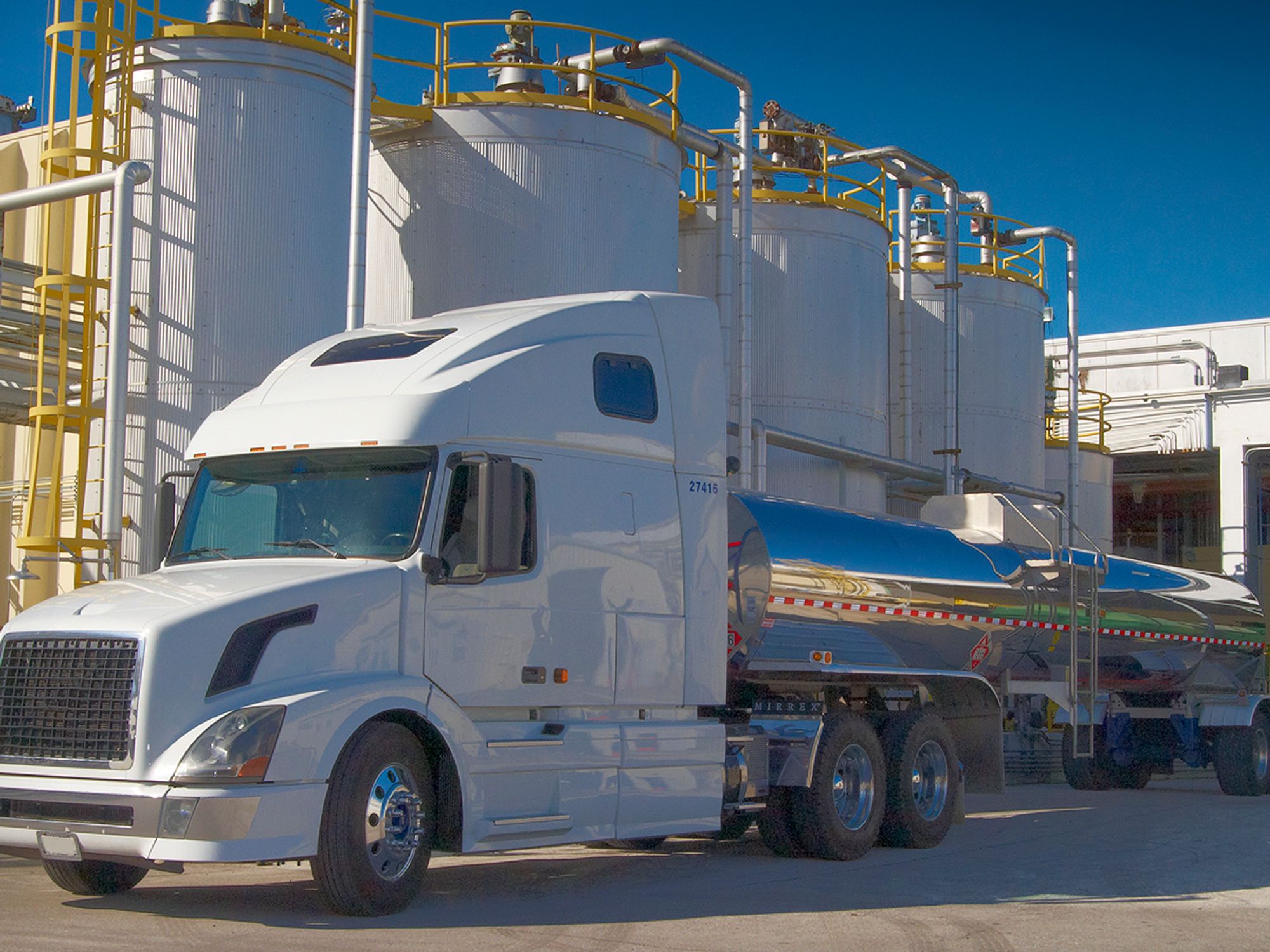PHMSA registration requirements

- PHMSA requires registration and an annual fee for anyone who offers for transport or transports materials in applicable types and quantities.
- The registration and fee requirements do not apply to government agencies or their employees, to indigenous tribes, hazmat employees, or people domiciled outside the U.S.
A national registration program, including an annual fee, is in place for those who offer for transport or transport certain hazardous materials. The annual fee funds a nationwide emergency response training and planning grant program for states, indigenous tribes, and local communities.
Who must register?
The Pipeline and Hazardous Materials Safety Administration’s (PHMSA) hazardous materials registration and fee requirements apply to any person who offers for transport or transports in foreign, interstate, or intrastate commerce any of the following:
- Any highway route-controlled quantity of a Class 7 (radioactive) material;
- More than 55 pounds (25 kg) of a Division 1.1, 1.2, or 1.3 (explosive) material;
- More than 1.06 quarts (1 L) per package of a material that is extremely toxic by inhalation (i.e., “material poisonous by inhalation,” as defined in 171.8, that meets the criteria for “hazard zone A,” as specified in 173.116[a] or 173.133[a]);
- A shipment (offered or loaded at one loading facility using one transport vehicle) in a bulk packaging having a capacity:
- Equal to or greater than 3,500 gallons (13,248 L) for liquids or gases, or
- More than 468 cubic feet (13.24 m3) for solids;
- A shipment (offered or loaded at one loading facility using one transport vehicle) in any packaging other than a bulk packaging of ≥5,000 pounds (2,268 kg) gross weight, containing one class of hazardous material for which placarding is required; or
- A quantity of hazardous material that requires placarding, except for farmers in direct support of farming operations. (107.601)
Exceptions
The following are exempt from the registration and fee requirements:
- An agency of the federal government;
- A state agency;
- An agency of a political subdivision of a state;
- A Native American tribe;
- An employee of any of the above agencies;
- A hazmat employee — including the owner/operator of a motor vehicle that transports hazardous materials and is leased to a registered motor carrier under a 30-day or longer lease (or an equivalent contractual relationship);
- A person domiciled outside the U.S. who offers hazardous materials for transportation in commerce from locations outside the U.S., provided the person is domiciled in a country that does not require U.S. persons to register or pay a fee. (107.606)
Hazmat safety permit
Certain carriers of hazardous materials must obtain a Federal Motor Carrier Safety Administration (FMCSA) Hazardous Materials Safety Permit. A hazardous materials safety permit is required only when transporting the specific types of hazardous materials that are listed in 385.403:
- A highway route-controlled quantity of a Class 7 (radioactive) material;
- More than 25 kg (55 pounds) net weight of a Division 1.1, 1.2, or 1.3 (explosive) material or articles or an amount of a Division 1.5 (explosive) material requiring placarding under Part 172;
- More than one liter (1.08 quarts) per package of a “material poisonous by inhalation,” that meets the criteria for “hazard zone A”;
- A “material poisonous by inhalation,” in a “bulk packaging,” that meets the criteria for “hazard zone B”; or
- A “material poisonous by inhalation,” that meets the criteria for “hazard zone C,” or “hazard zone D,” in a packaging having a capacity equal to or greater than 13,248 L (3,500) gallons; or
- A shipment of methane (compressed or refrigerated liquid), natural gas (compressed or refrigerated liquid), or any other compressed or refrigerated liquefied gas with a methane content of at least 85 percent, in bulk packaging having a capacity equal to or greater than 13,248 L (3,500 gallons).
New entrant carriers use the MCSA-1 form to obtain the permit. Existing carriers use the MCS-150B “Combined Motor Carrier Identification Report and HM Permit Application” to complete the biennial update.
PHMSA registration vs. Hazmat safety permit
There’s sometimes confusion surrounding the PHMSA registration requirement and the FMCSA hazardous materials safety permit.
One way to differentiate between the two is to remember that the PHMSA registration applies to a larger and wider group of hazmat transporters and shippers. Transporting or shipping placarded hazmat can make a hazmat transporter or shipper subject to the PHMSA registration.
The FMCSA hazmat safety permit applies to a smaller number of motor carriers involved in transporting hazmat that is more hazardous in nature, including explosives, radioactive materials, poisonous by inhalation materials, and methane or natural gas.
